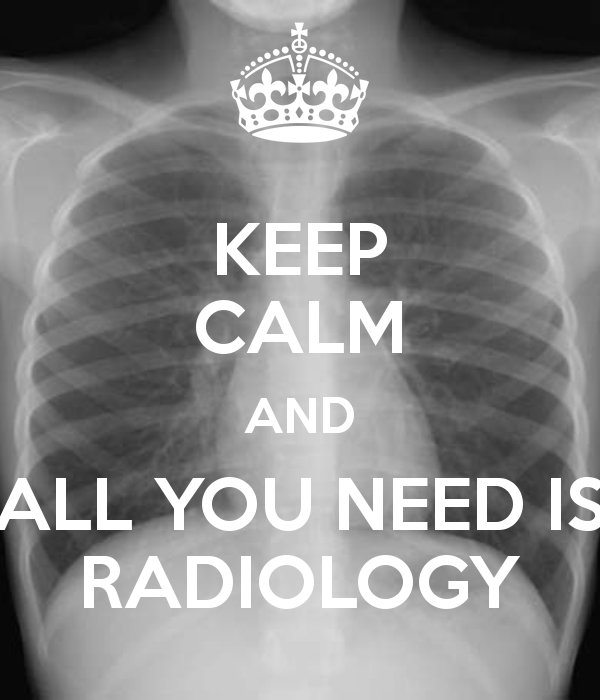Digital radiography refers to application of digital image processing techniques to projection radiography.
A number of different image acquisition techniques are possible in digital radiography. These include:
1) Film digitalisation
2) Computed radiography (CR)
3) Digital radiography
4) Digital fluoroscopy (DF)
5) Digital fluorography
Digitalization brings many advantages. The effectiveness of radiology is rapidly growing and the results can be accessed through compuer not only by radiologist, but also by referring physician, almost immediately.
The input costs are relatively high, bt lead to the reduction of operating expenses due to exclusion of film material, chemicals, service and cost of developing machine. The risk of film loss, absence of old documentation and difficult archiving are issues out of date
The possibility to edit images is very valuable not only to the physician, but brings benefits also to the patients. The radiation dose is reduced by reduction of bad quality images. Additional changes in terms of zoom, contrast adjustment, brightness, rotation, different filters use and at last, but not least post-processing (i.e. 3D reconstruction) are options that were not available in past.
Development of these technologies has brough a necessity for systems, known as Picture Archiving and Communication Systems (PACS) – capable of archiving and sorting such amount of data. PACS are necessary for optimal management of many examinations from different modalities. There are many different types nowadays, either independent or in fusion with Hospital Information System (HIS) and Radiology Information System (RIS)
One of the most serious problems, related to the film-free hospital is data archiving. Other issue is a serious hardware problem in long term. One practical solution seems to be the PACS as an archive system for all modalities
A film-free hospital is a system, which increases the effectiveness of physicians, increases patients comfort and spares work and fiances in a long term point of view.
PACS
- A medical imaging technology which provides economical storage of and convenient access to image from multiple modalities
- Electronic images and reports are transmitted digitally via PACS; this eliminates the need to manually file, retrieve, or transport film jackets
- Consists of 4 major components:
- The imaging modalities
- A secured network for the transmission of patient information
- Workstation for interpreting and reviewing images
- Archieve for the storage and retrieval of images and reports
- Combined with web technology, PACS has the ability to deliver timely and efficient access to images, interpretations, and related data
- PACS breaks down the physical and time barriers associated with traditional film-based image retrieval, distribution and display
- All PACS should also interface with existing hospital information systems: Hospital information system (HIS) and Radiology Information System (RIS)
RIS
- A computerized database used by radioloy departments to store, manipulate and distribute patient radiological data and imagery
- Generally consists of patient tracking and scheduling, result reporting and imaging tracking capabilities
- Complements HIS and is critical to efficient workflow to radiology practices
Advantages:
- Time efficiency through bypassing chemical processing
- Immediate image preview and availability
- A wider dynamic range, which makes it more forgiving for over- and under-exposure
- The ability to apply special image processing techniques that enhance overall display of the image
- The ability to digitally transfer and enhance images
- Less radiation can be used to produce an image of similar contrast to conventional radiograph
- Access to various types of collection
- Save space and cost
Disadvantages:
- Legal issue
- Cost
The hospitals save money from lower film cost, reduced requirement for storage space and lesser staff required to run the services and archiving sections. The images are instantly available for distribution to the clinical services without the time and physical effort needed to retrieve film packets and reviewing previous imaging on a patient is much easier
Compared to conventional film-screen systems, complete digitalisation of a radiology department improve workflow, exam speed and comfort
